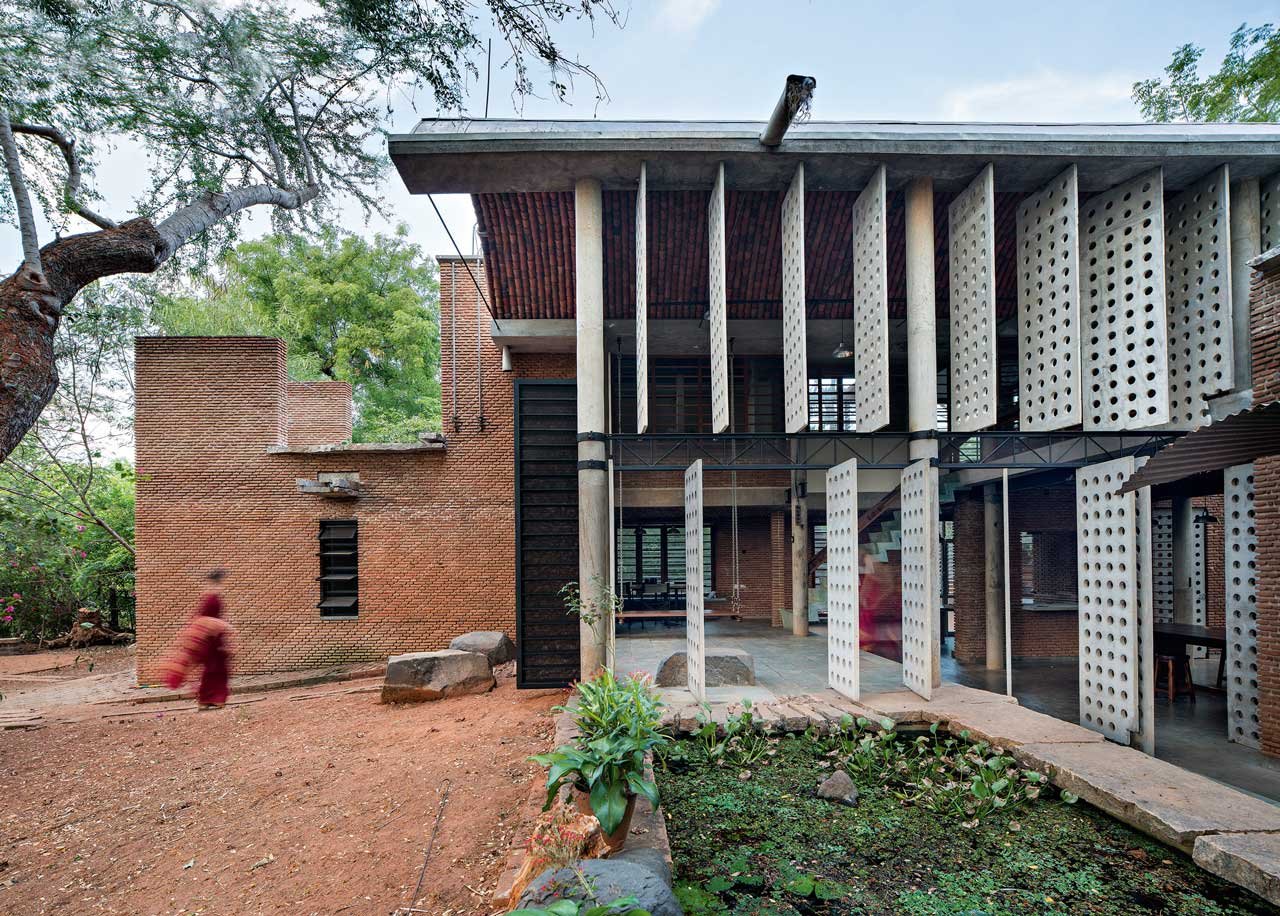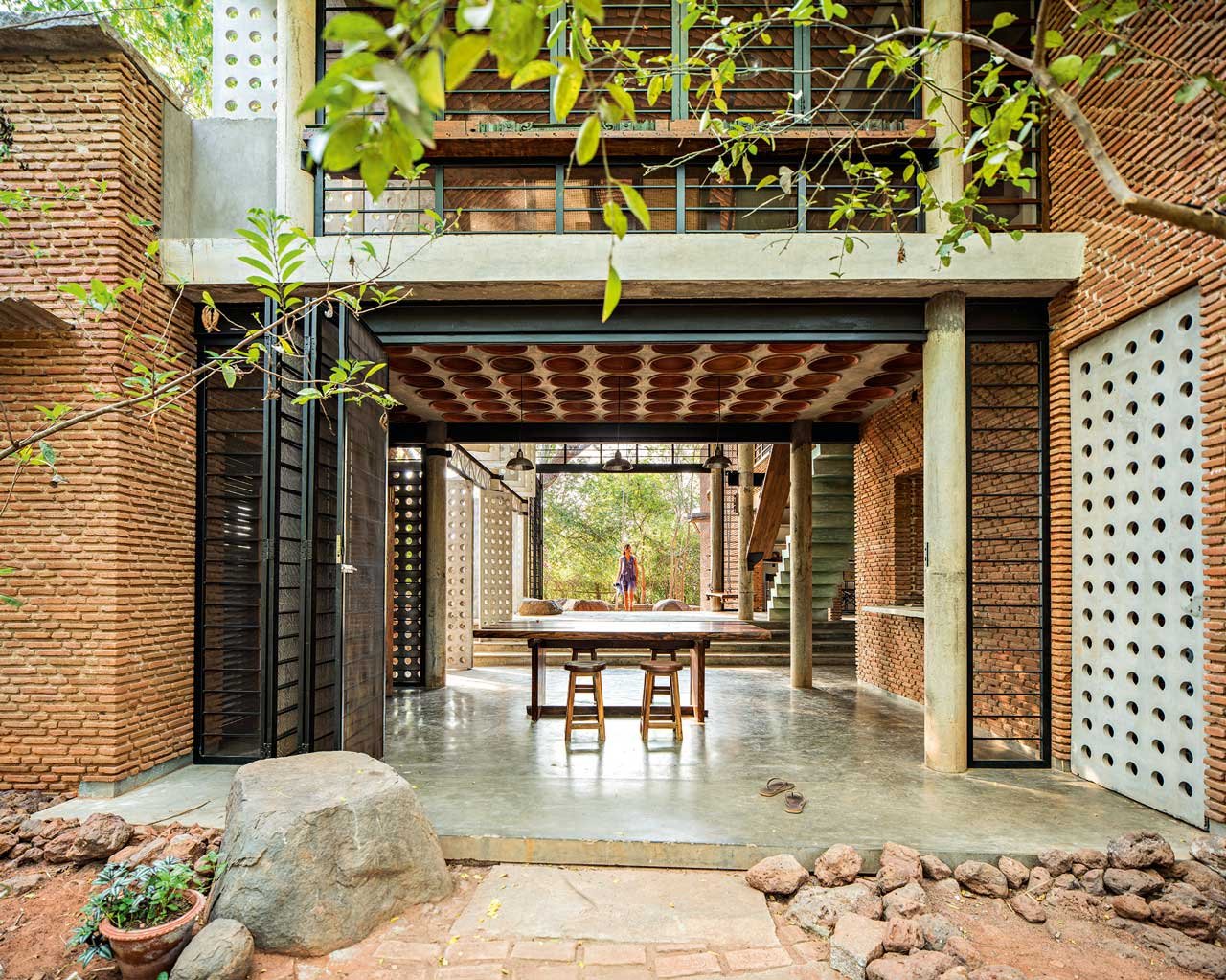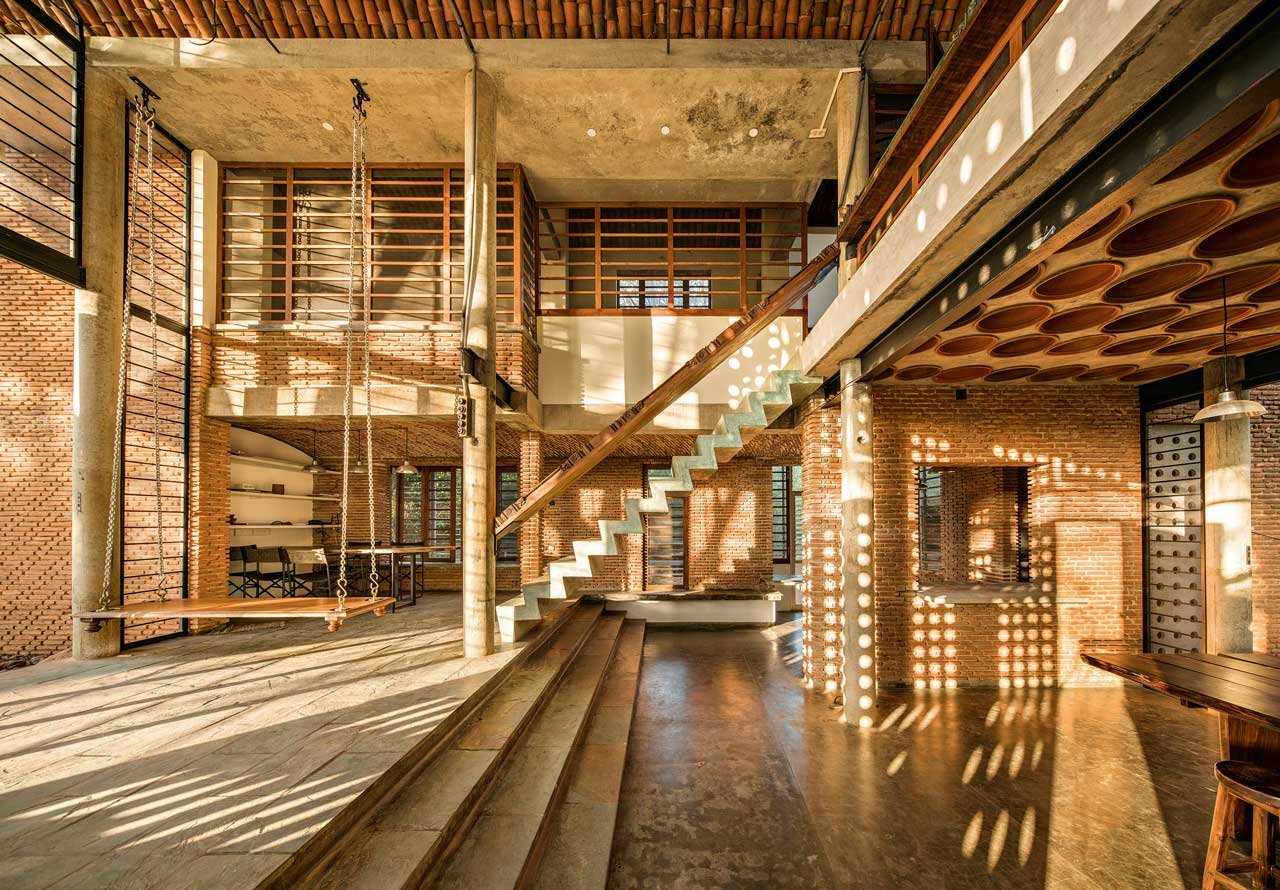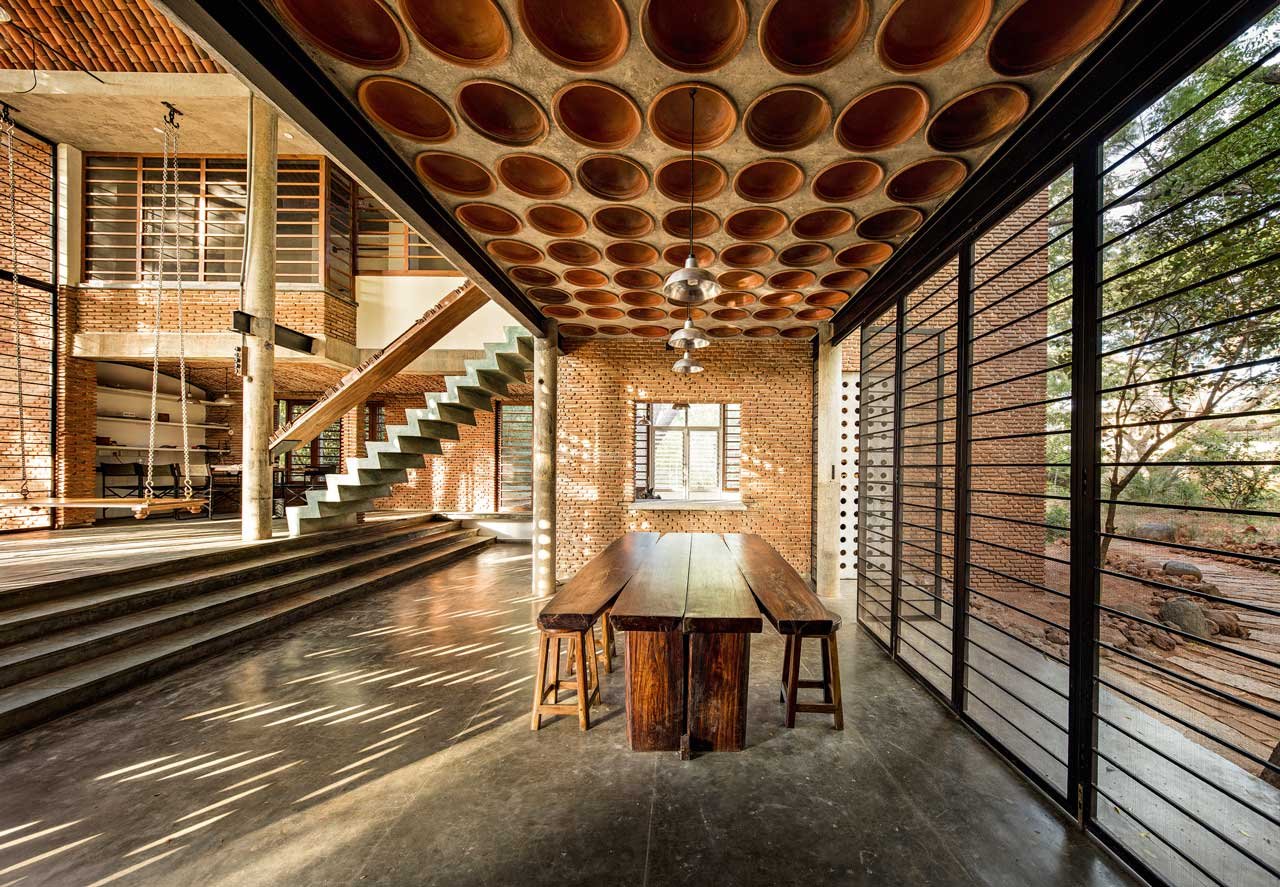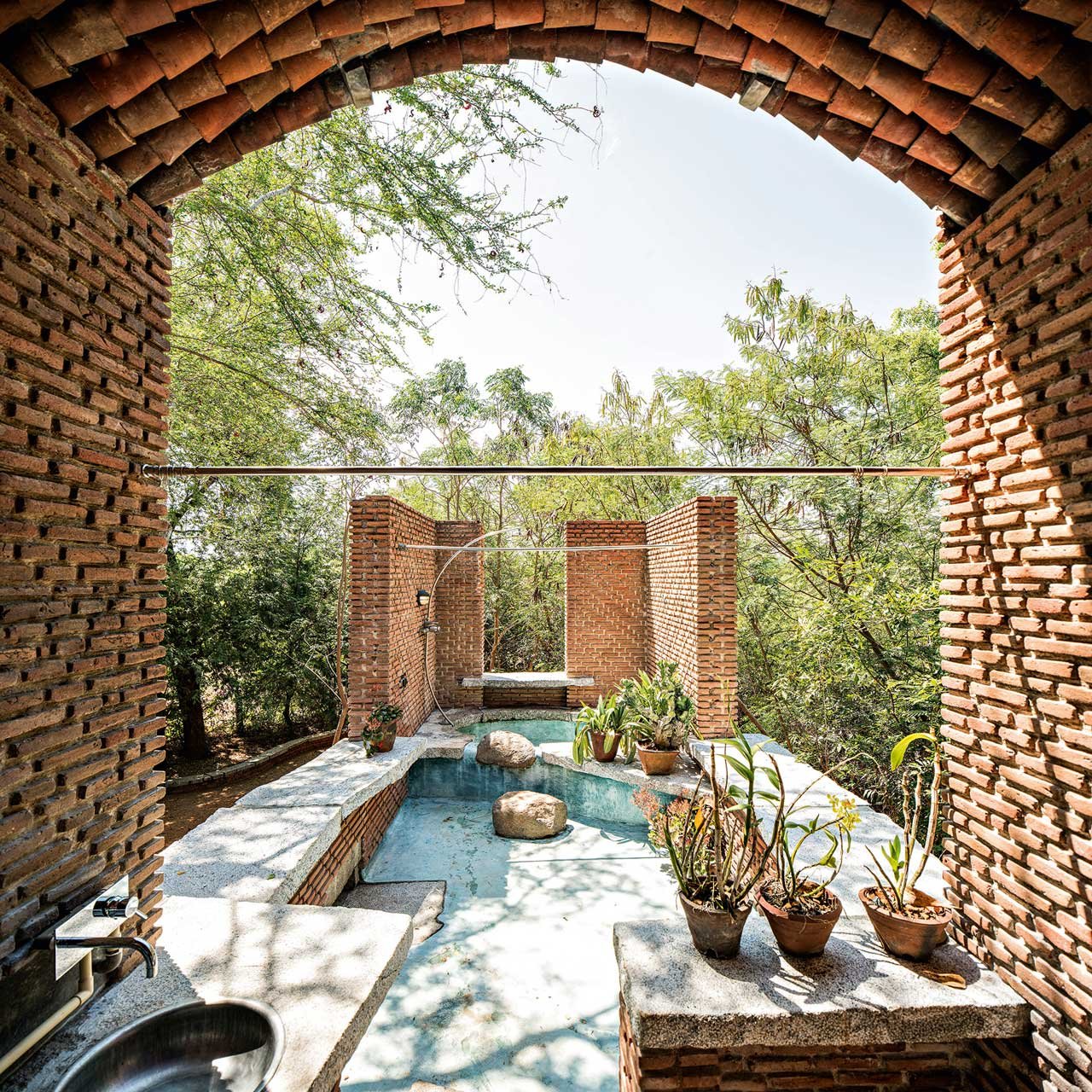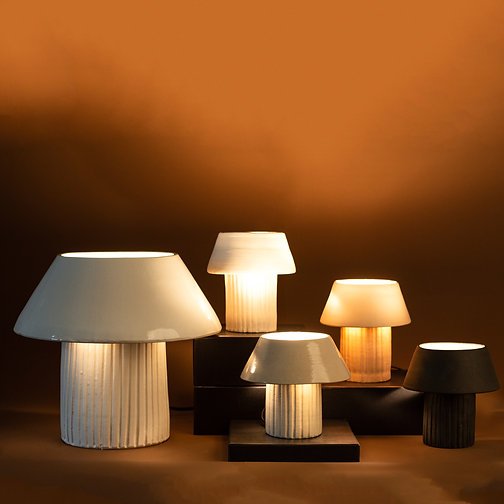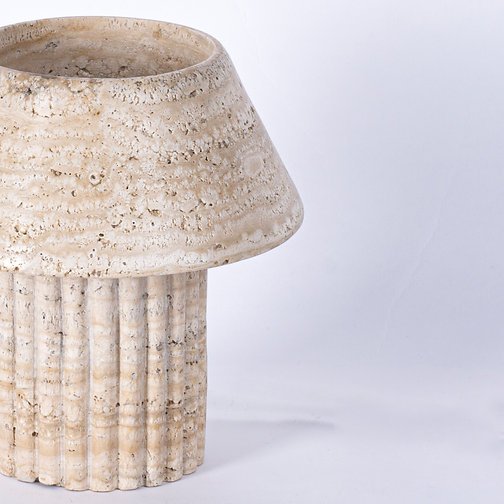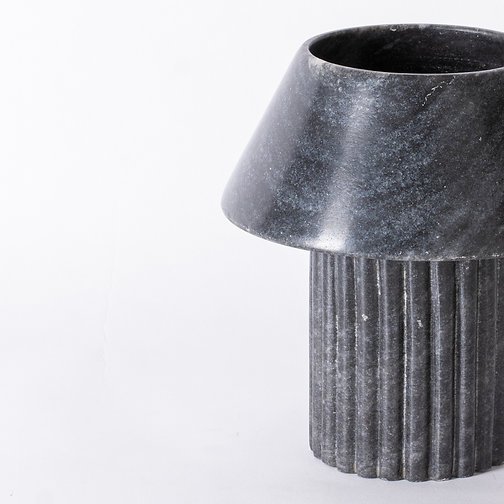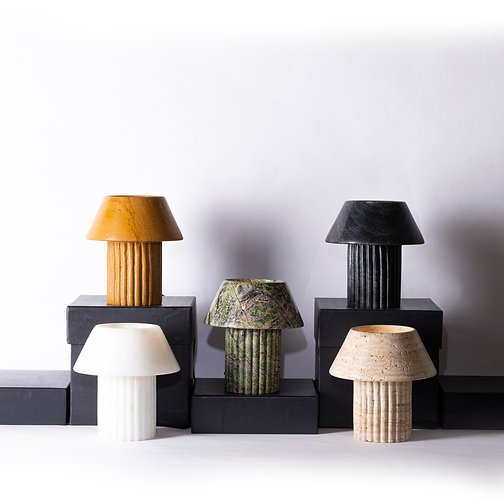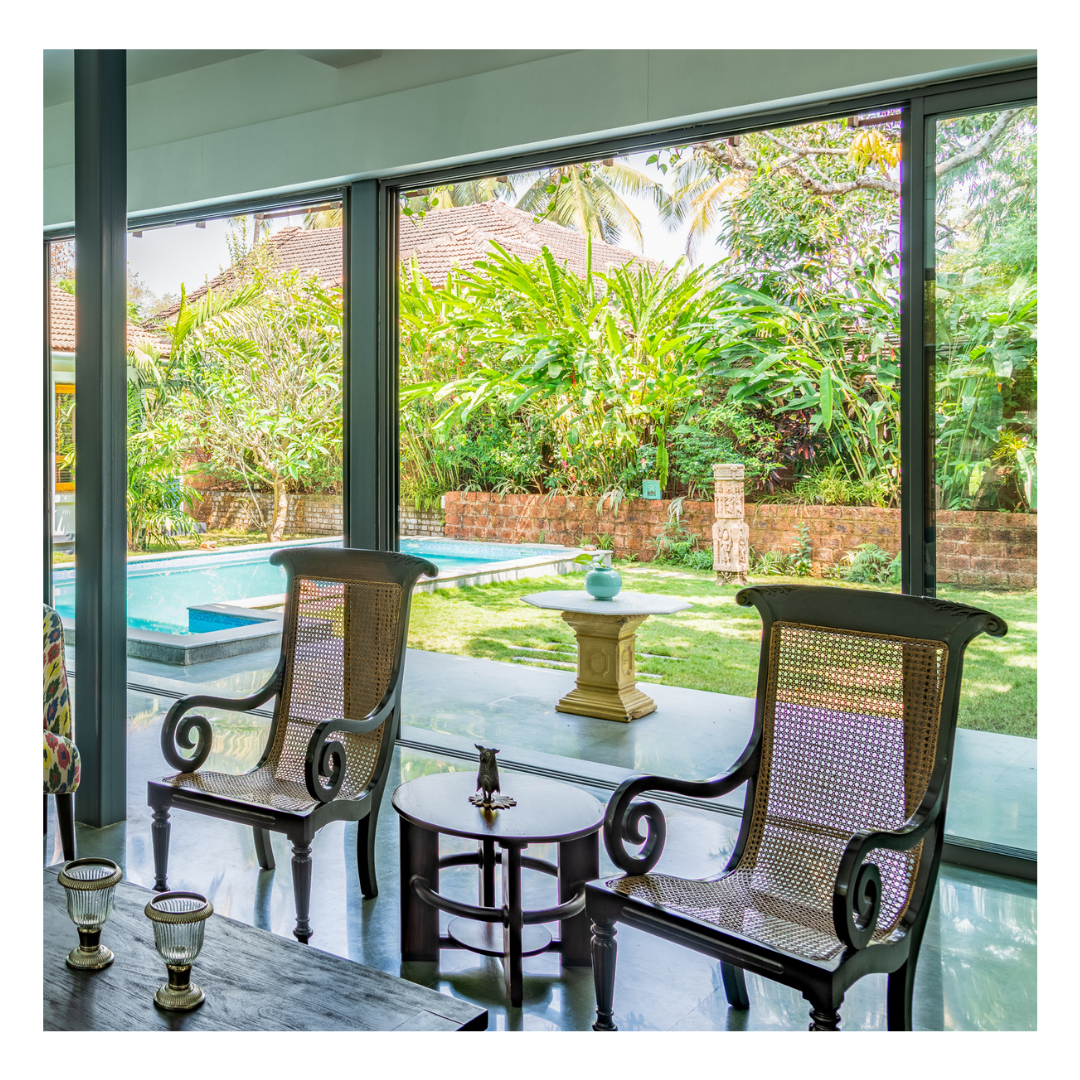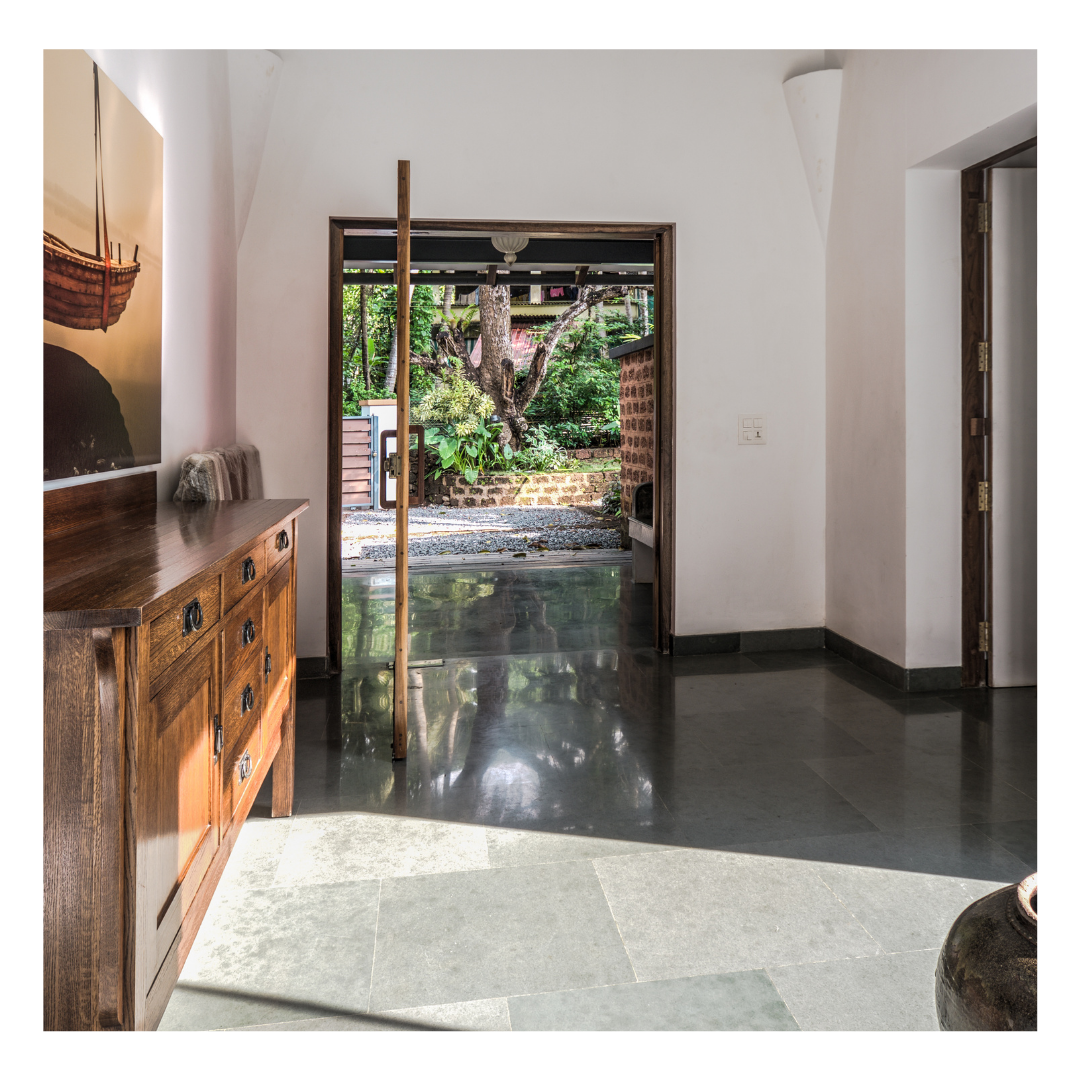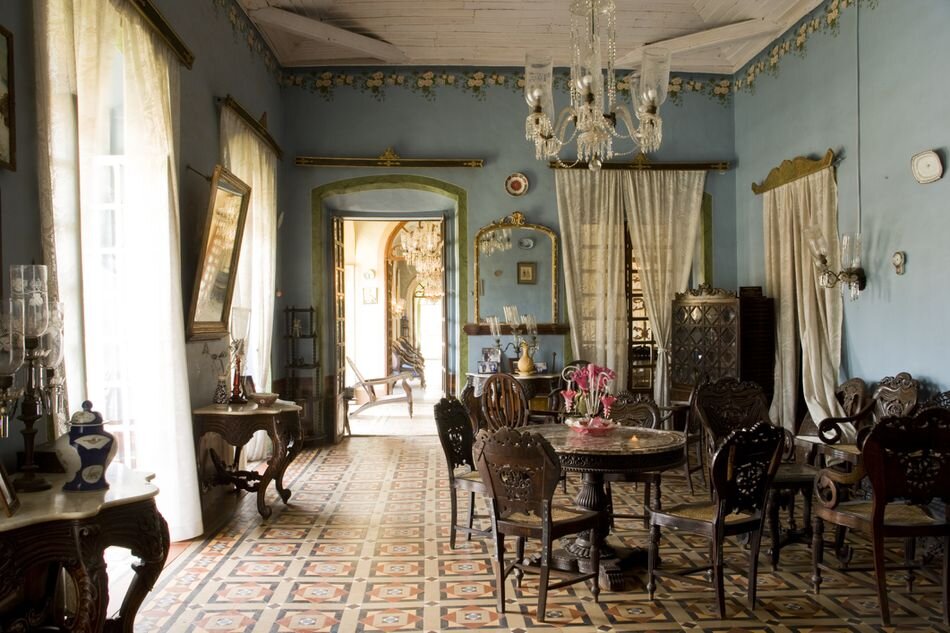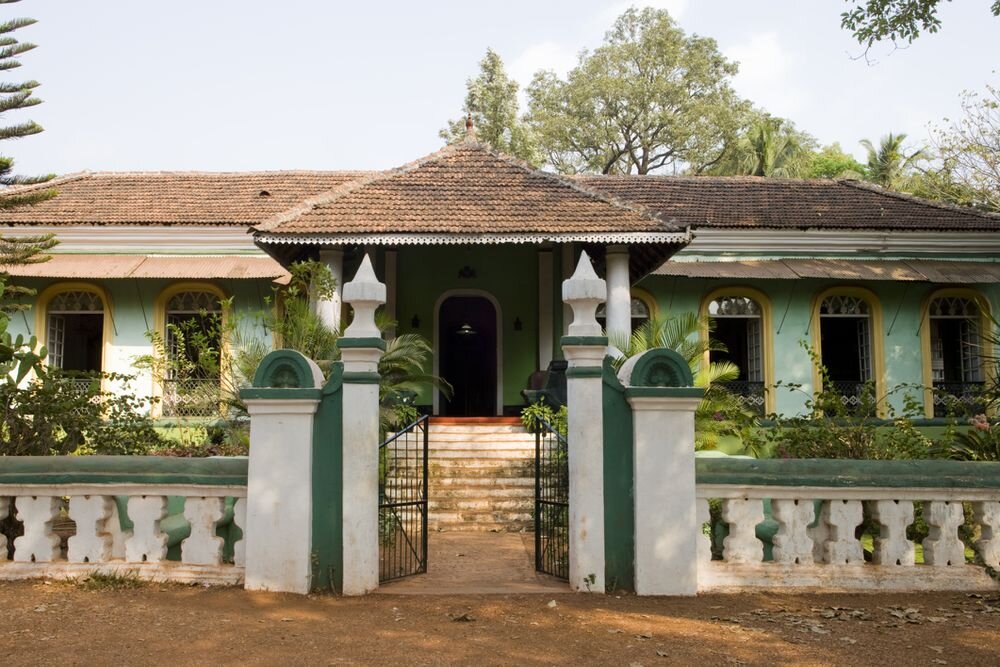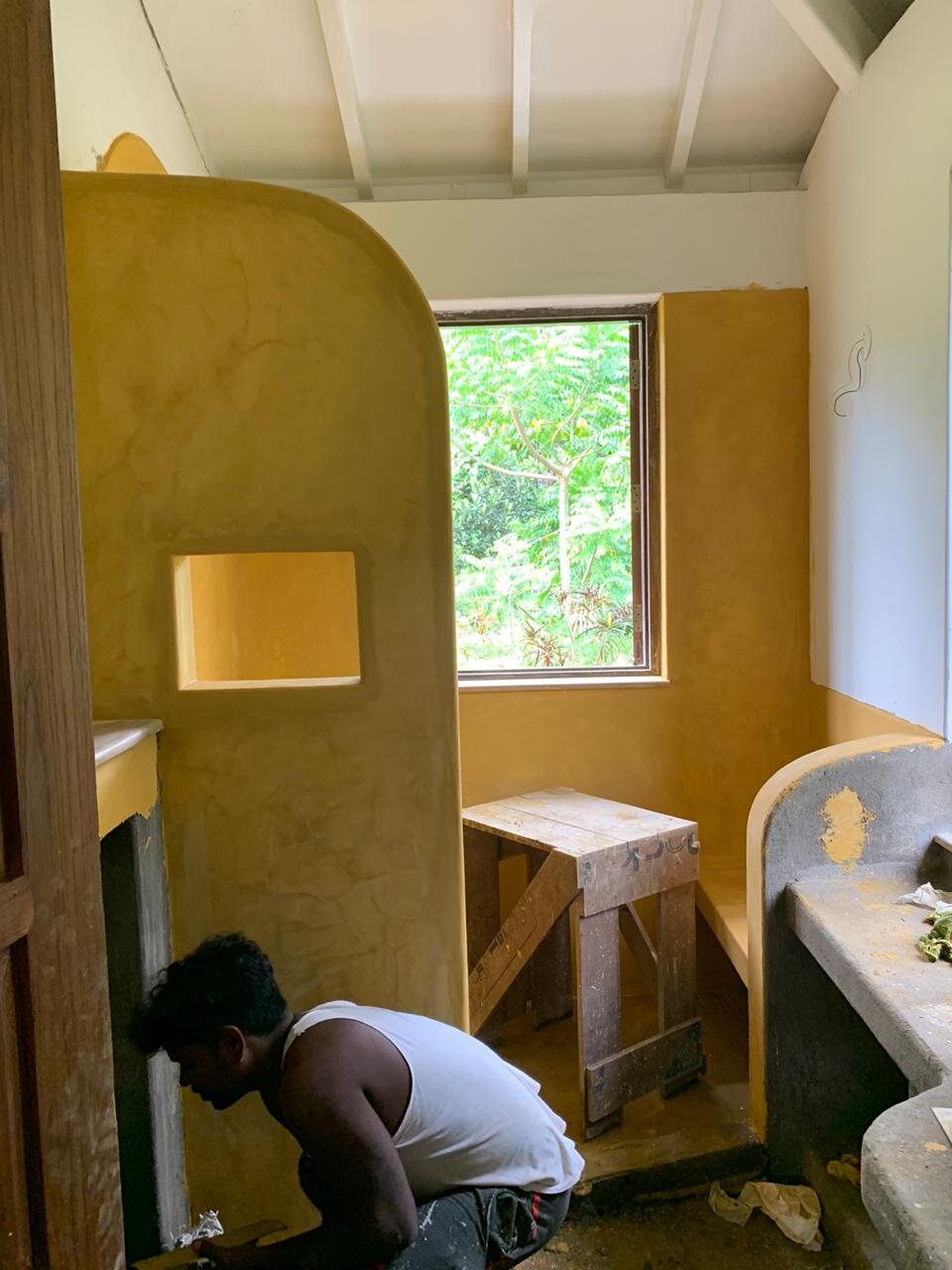The upcoming project of sister villas, The Terracotta House and the Indigo House are taking shape on-site. Set in the Pomburpa Village in Goa, the houses are designed to connect with the land with an ecological design, enjoyed barefoot with the calm interactions of nature. To experience the outcome's look and feel, here’s our material palette.
The selection and finalization of materials is an important and lengthy design process. Colors and textures define the space. The feel and the vibe we experience are a product of it. Terracotta house is earthy and serene with warm tones, harmonizing the interiors and exterior. Indigo House is calm with quiet views of water, and tones of blue merging with the view.






